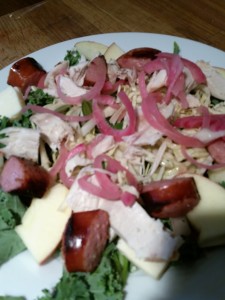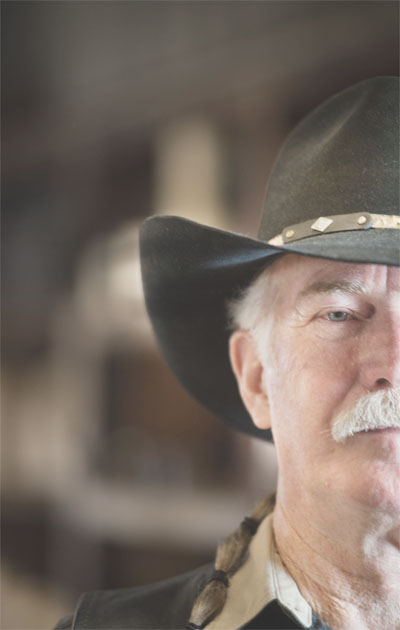I’ve been learning how to pickle vegetables recently. Turns out, it’s fun and it’s as easy as they say. I’m especially liking pickled red onions. I’ve long enjoyed oil and vinegar salad dressings, but except for noting such variations as using balsamic versus red wine vinegars, and discovering how delightful rice wine vinegar can be, I haven’t given vinegars much thought. Pickling an extra red onion, like using leftovers to make soups or salads, turns out to be a great way to get more out of the food supply. I like to use a heavy, dark honey for the sweet element of the pickling liquid. It gives the pickled veggies a great depth of flavor.
Somehow, making pickled vegetables puts me in touch with ageless food practices that were everyday routines on self-sufficient and pioneer farms. It’s even better than watching how off-the-grid Alaskans and Appalachian people approach life on TV. I like the idea of self-sufficiency. In a simple way, it puts things in perspective. I think that is part of what I love about cooking.
My mother taught me some basics of cooking when I was growing up, and I’ve loved cooking all my life. Bobby Navarro, the protagonist in the mystery series I’m writing started cooking when he was a kid in a dysfunctional family as a means of picking up the pieces his parents weren’t handling well. In the first book of the series, Murder on Route 66, Bobby learns to handle sourdough cooking on a cattle ranch in New Mexico. He takes the skill with him, along with sourdough starter. Obviously, he gets something out of it. I enjoy it when a protagonist in a good book likes to cook. It’s not something you find all the time, but for me, it connects the story with a sense of reality.

